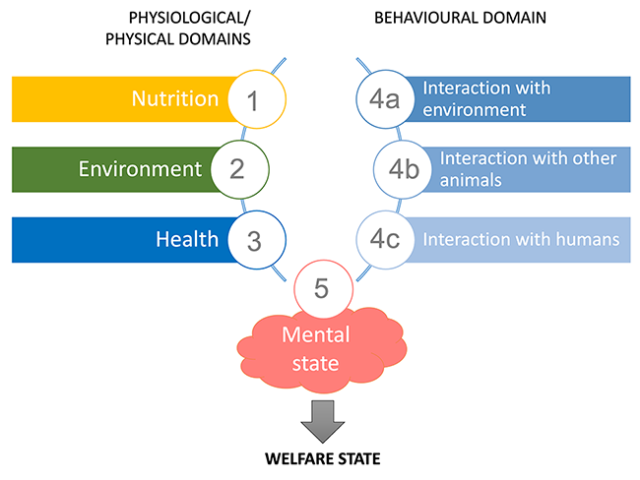By Mariette van den Berg, B.AppSc. (Hons), MSc., PhD (equine nutrition)
Photography: MB Equine Services
This article is the fourth in our series which addresses horse well-being and health, in particular as welfare is fundamendal to the health of our horses. As owners and carers, it’s our duty of care to ensure that our horses are well cared for and are protected from pain, suffering, injury, and disease.
Moreover, we all recognise that health and performance are connected. A healthy horse is one that is mentally and physically fit to participate regularly in the full range of required activities free of pain, whether this is sporting, breeding, recreational trial riding, or liberty training.
Good equine husbandry is based upon the principle of preventive care – problem prevention rather than problem treatment. This requires embracing all aspects of horse care that affect its health and well-being. However, there's no one 'perfect' way to care for all horses because every animal and every situation is different. It's up to you how you look after them. Being a responsible horse owner means being well-informed to make the best decisions regarding the welfare of your horse. We should also know when professional advice should be sought and follow any recommendations for treatment. But how do we determine or measure horse welfare? And what tools are available to assess/analyse how well you cater for your horses’ well-being both physical and psychological? Luckily there are some great resources available to help you care for your horses and meet your legal requirements.
In part one of this series, we introduced readers to a science-based approach to animal welfare that focuses on the Five Domains Model: Nutrition, environment, health, behaviour, and positive mental state (figure 1). The model has been around for over 25 years and has undergone various updates to incorporate the latest validated developments in animal welfare science thinking for each of the five areas. The model is not intended to define the absolutes of good and bad welfare, nor is it intended to accurately describe all the physical and physiological functions. Rather, it is a device for facilitating systematic, structured, thorough and coherent assessments of animal welfare, and for qualitatively grading welfare compromise and improvement(1). The model allows for discussions around the impact within each domain, but of course many will overlap and there are no delineated lines per se.
The model is not animal specific and can be applied to any species and circumstance from companion animals, livestock husbandry, and even wildlife. Therefore, in this six-part series I will explain in more detail the different domains, their interactions and finally how this can be transferred to the overall assessment of a horse’s welfare state specifically, and that you can practically apply to your own situation. This Part 4 will concentrate on the third domain: Health.

Domain 3: Health
The third domain focusses attention on the welfare impacts of injury, disease, and different levels of physical fitness (Figure 2). These conditions can be divided into:
• Negative conditions (i.e. presence of injuries or diseases, functional impairments (such as hoof issues), extreme body condition scoring (obesity or too skinny), poisoning, and poor physical fitness)
• Positive conditions (i.e. minimal or no injuries, diseases or functional impairments, optimal body condition scoring, no poisoning and good fitness level)
It should be noted that extreme overfeeding and underfeeding are included in this domain, and not Domain 1, because the associated pathophysiology may give rise to several of the negative affective experiences noted in Figure 2(1). Also, fitness level is included here because muscle de-conditioning and bone depletion increase susceptibility to injury and fatigue, the risks of which can be mitigated by levels of exercise that maintain muscle and bone strength. This is specifically important for horses considering that we often keep them for the purpose of sporting and performance. An unfit horse won’t be able to perform to its abilities and will be more prone to injuries... To read the complete article you need to be a subscriber
CLICK HERE TO SUBSCRIBE TO BREEDING NEWS
SUBSCRIBERS CAN READ THE COMPLETE ARTICLE BY LOGGING IN AND RETURNING TO THIS PAGE




